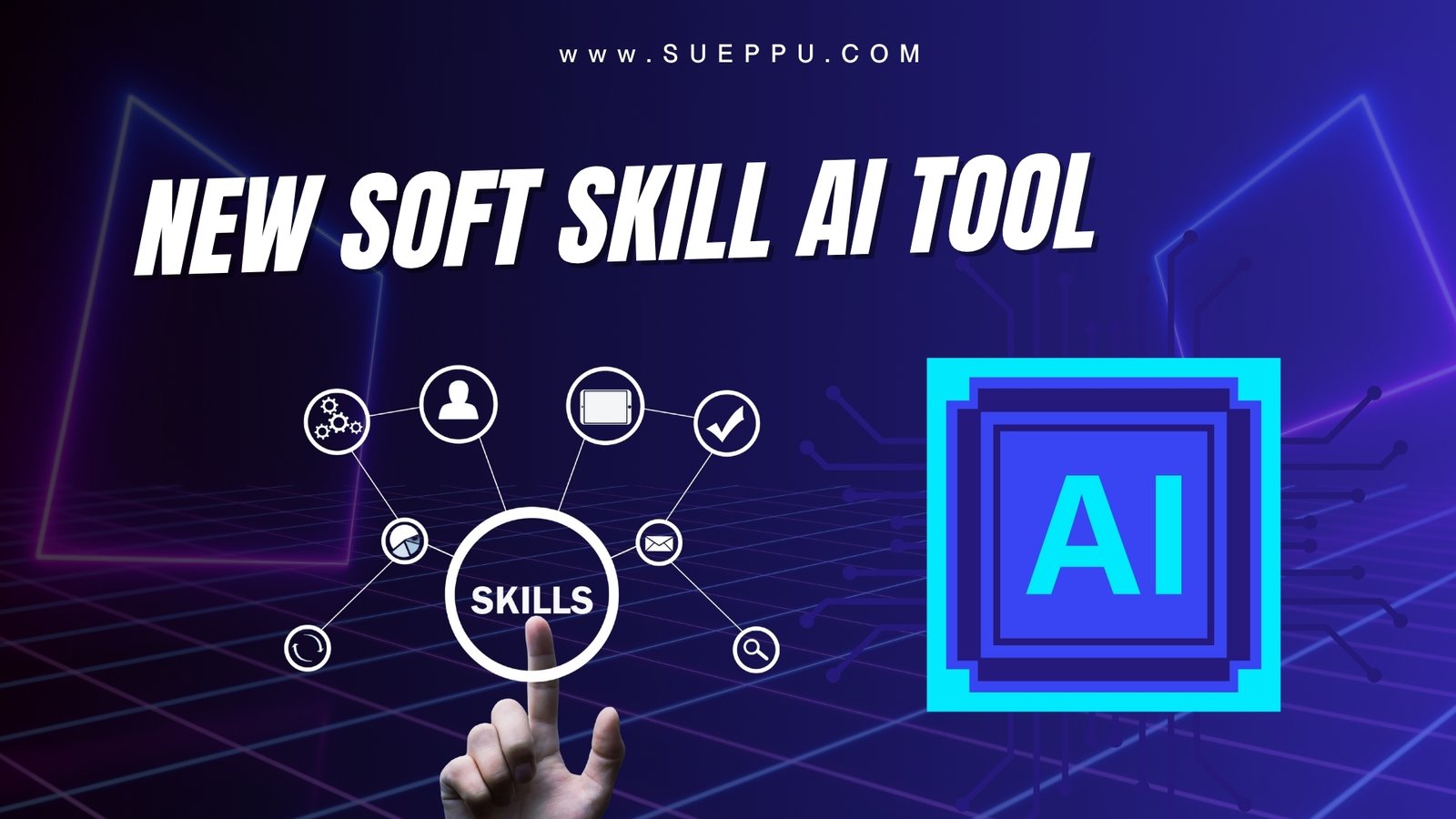Artificial Intelligence has become one of the hottest fields today, and with it comes the challenge of cracking AI-related job interviews. Whether you’re applying for a role in machine learning, data science, or natural language processing, interviews can feel intimidating. But the good news is that with the right preparation and a few smart tricks, you can walk into that room (or video call) with confidence.
The first thing to understand is that AI interviews usually have two sides: the technical part and the problem-solving mindset. On one hand, you’ll need to show you know your basics—things like supervised vs unsupervised learning, neural networks, decision trees, or even the mathematics behind algorithms. On the other hand, interviewers want to see how you think when given a problem. Even if you don’t know the exact answer, showing a logical approach can impress them.
One useful trick is to practice explaining AI concepts in simple terms. It’s easy to throw around jargon, but a good interviewer will often ask you to explain something as if they were a beginner. For example, how would you describe a neural network to a non-technical person? Being able to break down complex topics shows not only your knowledge but also your communication skills, which are super important in real-world jobs.
Another thing that can give you an edge is working on small projects and having them ready to show. Anyone can memorize definitions, but when you can point to a project—like a chatbot you built, a recommendation system, or a computer vision demo—it makes you stand out. You don’t need something huge; even a well-explained small project on GitHub can do wonders. It shows initiative, creativity, and practical ability, which is what most employers are looking for.
During interviews, you’ll often get coding challenges or case studies. This is where practicing on platforms like LeetCode, HackerRank, or Kaggle comes in handy. The trick here is not just solving problems but also explaining your approach. For example, instead of just writing code, talk about why you chose that method, what its efficiency is, and how it could be improved. That “thinking out loud” approach makes interviewers feel like they’re working alongside you, not just watching you type.
Another overlooked trick is being honest about what you don’t know. Interviewers can usually tell when someone is bluffing. If you’re stuck, it’s better to admit you don’t know the exact answer but then pivot to what you do know. For example, if they ask about reinforcement learning and you’re not an expert, you can say, “I haven’t worked much with reinforcement learning yet, but I know it’s about agents learning through rewards and penalties. If I had more time, I’d start by exploring X and Y resources.” That kind of honesty actually makes you look more credible.
One thing that can really set you apart is understanding real-world applications of AI. Companies don’t just want textbook knowledge; they want people who can think about how AI can solve actual problems. So before your interview, read about how industries are using AI—like recommendation systems in e-commerce, fraud detection in banking, or predictive maintenance in manufacturing. If you can connect your answers to practical uses, you’ll sound much more impressive.
Also, don’t underestimate the behavioral side of interviews. AI roles often involve teamwork, and employers want to know how you collaborate, solve conflicts, or handle deadlines. Practice common behavioral questions like “Tell me about a time you solved a problem under pressure” or “How do you handle working on a team project?” Mixing in AI-related experiences when answering these can give you bonus points.
A modern trick that more candidates are using now is AI tools to prepare for AI interviews. It sounds funny, but it works. You can practice mock interviews using platforms powered by AI that ask you technical questions and then give feedback. Even tools like ChatGPT can help you simulate interview scenarios, generate practice questions, or explain tricky concepts you’re stuck on. It’s almost like having a 24/7 tutor for free.
Finally, remember that confidence plays a big role. Interviews aren’t just about testing your knowledge; they’re also about seeing if you’re someone the team would enjoy working with. So don’t stress too much about giving a “perfect” answer. Instead, focus on showing that you’re eager to learn, adaptable, and genuinely interested in AI. Employers know that no one knows everything in this field because it’s evolving so fast. What matters most is your mindset.
When it comes to AI interviews, one of the best ways to reduce stress is by practicing common questions ahead of time. You don’t need to memorize robotic answers, but having a clear idea of what interviewers usually ask will make you sound more confident. Let’s go through some of the questions you’re most likely to face, and I’ll share easy, conversational ways you can approach them.
A classic starter is “What is the difference between supervised and unsupervised learning?”. Instead of overcomplicating it, just keep it simple. You can say supervised learning is when you train a model using labeled data, like teaching it with examples where the answers are already known. Unsupervised learning, on the other hand, is about finding patterns in data without labels, like grouping similar customers together. The trick is to explain it clearly, maybe with a small real-world example, like spam detection for supervised and customer segmentation for unsupervised.
Another common one is “What’s the difference between AI, machine learning, and deep learning?”. A neat way to answer is to think of them as layers. AI is the broad idea of making machines smart. Machine learning is a subset of AI that focuses on teaching systems from data. Deep learning is a specialized part of ML that uses neural networks with many layers, inspired by the human brain. If you give a quick example like “AI is the concept, ML is like teaching a system to recommend YouTube videos, and deep learning is what powers things like facial recognition,” it makes your answer memorable.
Then you might hear “Explain overfitting and underfitting.” Don’t panic—this one is simpler than it sounds. Overfitting happens when your model memorizes the training data too much, so it fails on new data. Underfitting is when the model is too simple and doesn’t even learn well from the training data. The trick here is to add how you’d fix it: things like cross-validation, simplifying the model, or adding more data. Interviewers love when you not only define something but also talk about solutions.
Some companies will also ask scenario-based questions like “How would you build a recommendation system for an online store?”. Here, don’t try to give a perfect solution. Instead, walk through your thought process. You can say you’d start with collaborative filtering (using user behavior to recommend products), then maybe add content-based filtering (using product features). If you mention things like hybrid systems, that’s a bonus. What matters is showing you can break down the problem step by step.
And don’t be surprised if you get a math-related question like “What is gradient descent?”. Instead of diving into heavy formulas, you can keep it clear: gradient descent is an optimization method used to minimize errors in machine learning models. It works by adjusting the model’s parameters step by step in the direction that reduces the error. If you compare it to finding the lowest point in a valley by taking small steps downhill, it makes the explanation click instantly.
Another interesting one is “How do you handle missing data in a dataset?”. A simple answer could be that it depends on the situation: sometimes you drop rows, sometimes you replace missing values with the mean or median, and sometimes you use advanced techniques like regression imputation. The key is to show flexibility rather than giving just one fixed answer.
Lately, many interviewers also ask about ethical AI and bias in models. For example: “What would you do if your AI model showed biased results?”. This is where you can shine by showing awareness beyond just coding. You might say you’d first check the data for imbalances, use fairness-aware algorithms, and continuously monitor model outcomes. Interviewers appreciate when candidates realize AI isn’t just technical—it impacts real people.
Finally, one question that almost always pops up is “Why do you want to work in AI?”. This one’s personal, so don’t give a generic answer. Instead, talk about what excites you—maybe how you love solving problems, how AI feels like the future, or how you’ve been inspired by real-world applications. If you can connect it to your personal projects or experiences, it’ll feel authentic.







